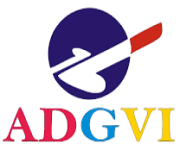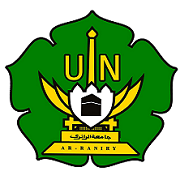The Impact of Learning Models for Explicit Instruction on Student Learning Outcomes in Vocational High School 2 Banda Aceh
Abstract
The Explicit Instruction learning model is a learning model that positions the teacher as a facilitator and organizer in the learning process. This research aims to see the effect of the explicit instruction learning model in improving student learning outcomes in the Basic Passive Electronic Components subject. This research uses a quantitative type method with an experimental approach (one group pretest-posttest design) using pre-test and post-test question sheet instruments. The research subjects consisted of 25 students of class X Electronics Engineering at SMKN 2 Banda Aceh. The research results showed that the application of the explicit instruction learning model had an effect on the learning outcomes of students at SMK N 2 Banda Aceh as evidenced by the post-test results which increased by 44 points. This shows a positive change in student learning outcomes. Based on the research results, it can be concluded that the application of the explicit instruction learning model has an effect and can improve student learning outcomes at SMK N 2 Banda Aceh.
Keywords
Full Text:
PDFDOI: http://dx.doi.org/10.22373/crc.v8i1.19678
Refbacks
- There are currently no refbacks.
Copyright (c) 2024 Zul Fajjeri, Hari Anna Lastya, Hadi Kurniawan

This work is licensed under a Creative Commons Attribution-ShareAlike 4.0 International License.
Circuit: Jurnal Ilmiah Pendidikan Teknik Elektro
P-ISSN 2549-3698
E-ISSN 2549-3701
Published by Electrical and Engineering Education Department, Education and Teacher Training Faculty, Universitas Islam Negeri Ar-Raniry Banda Aceh, Indonesia
Email: [email protected]

Creative Commons License
Circuit: Jurnal Ilmiah Pendidikan Teknik Elektro is licensed under a Creative Commons Attribution-ShareAlike 4.0 International License.
























